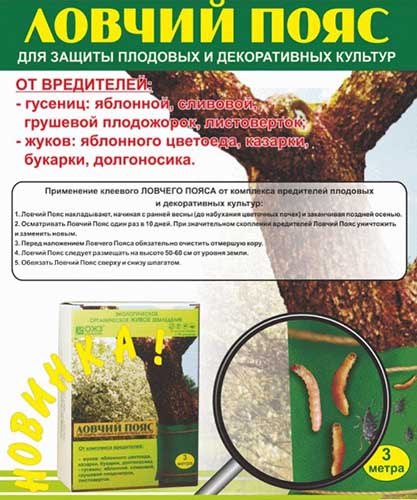Wormy apples on a tree: how to deal with an apple moth, how to spray
A familiar situation: you bit off an apple (in which there was a black hole), and there was a worm in it? In fact, this is not a worm, but a larva (caterpillar) of the codling moth.
Next, you will learn what methods of fighting this malicious pest, the very "worm" that lives in worm apples, exist on an apple tree and other fruit trees.
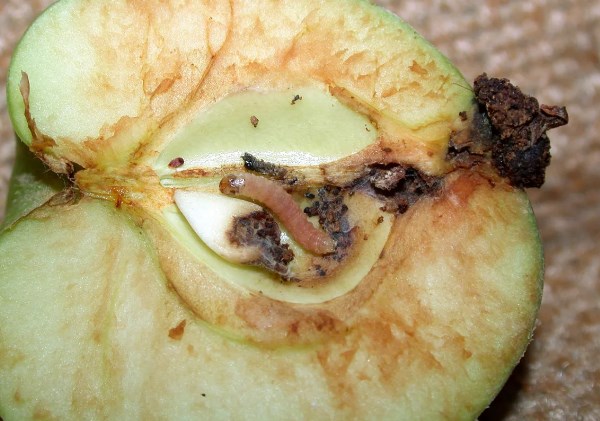
Content
Apple moth: what is dangerous and how to detect
The apple moth is the most famous and widespread pest of fruit crops that damages not only apple fruits, but also pears, quince, apricot, peach, plum and even a walnut.
Harm exactly caterpillars (larvae) of the codling moth.
It is very simple to determine that this dangerous pest has wound up in your orchard: you saw black inlet on apple - here is the main sign for you.
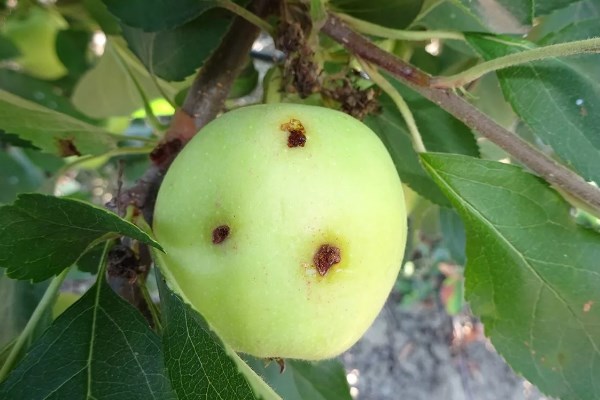
Also wormy fruits also start to fall off ahead of time (sometimes even in droves).
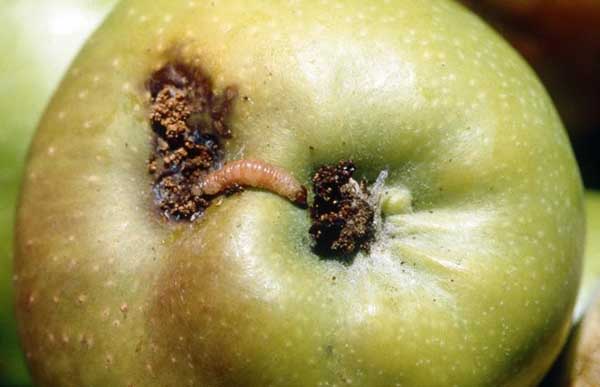
Development of the pest codling moth (by life stages):
- Butterflies (imago) start to fly out at the same time with the beginning of flowering of the apple tree... And 7-10 days after flowering (during the formation of ovaries), active egg-laying starts (favorable conditions: temperature above +16 degrees, the weather is calm and not rainy), which can last for 2 months. Females lay eggs on the leaves (on the upper side of the apple tree, on the lower side of the pear), smooth young shoots and on the fruits themselves (ovaries).
Unfortunately, the butterfly itself is rather difficult to see. it is nocturnal (it flies in the evening and at night), moreover, it merges with the bark of trees.
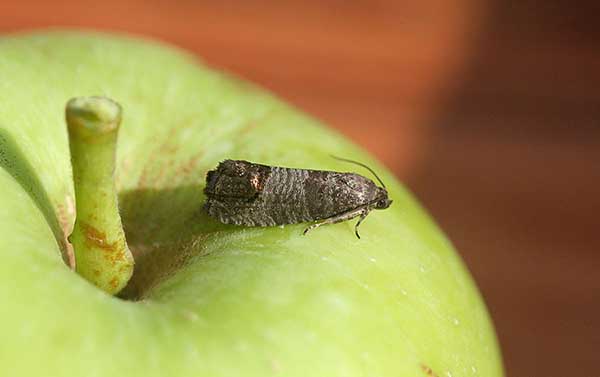
- After 5-10 days, immediately after emergence, the larvae (caterpillars) bite into the fruits, making passages in them to the seed chambers, where they feed on seeds.
As a rule, caterpillars do not stop at one fruit, crawling into the next one, as a result, one caterpillar can damage up to 2-3 fruits.
- Having finished feeding, so to speak, having eaten to certain conditions, the caterpillar crawls out of the damaged fruit and moves to the wintering place, spending it in a silky cocoon in cracks in the bark, under plant debris and in the surface layer of the soil. In spring it pupates and the cycle repeats.
As a rule, one generation develops per year. With a warm summer and favorable conditions - 2-3.
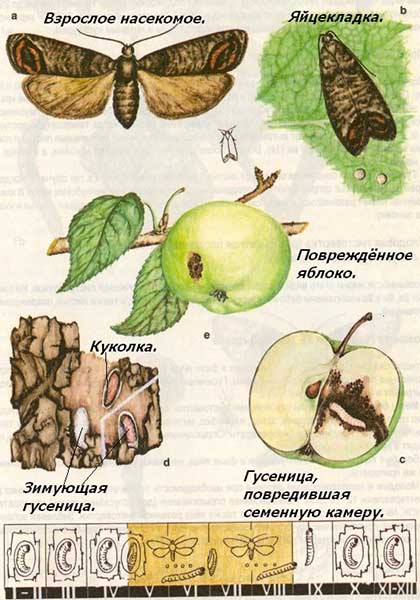
Agrotechnical measures for the prevention and control of the codling moth
As a rule, apple moths are especially active in neglected orchards, so you need to monitor the condition of your trees and regularly:
- to clear trunks and perennial branches from old bark;
- remove plant debris, including fallen fruits (carrion);
- dig up the soil in the trunk circle.
In other words, disturb and destroy caterpillar wintering places.
When and how to process apple trees from the moth
Processing scheme
- Some people advise processing before flowering (at the "rosebud" stage), although this is generally pointless, because the pest is still sitting in its wintering place.
Note! Despite the fact that the active years of butterflies fall on the flowering period, it is impossible to treat with insecticides at this moment, except with biological ones, but they are also very undesirable (you can kill the bees).
- Main processing from the codling moth exactly after flowering, when ovaries begin to form... Simply put, at the beginning of lay.
- During the period of growth and ripening of fruits, the treatment is repeated.
Yes, you understood everything correctly: if the moth larvae climbed into the apples, then you can't get rid of them!
Chemicals
To treat an apple tree from a moth, you can use the following chemical insecticides (pest control agents):
- Inta-Vir (Cypermethrin,enteric insecticide from moth and leafworm);
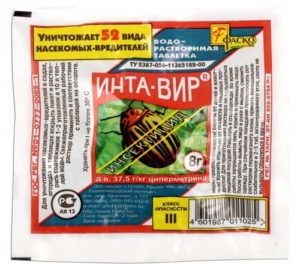
- Fufanon-Nova (Malathion (Karbofos), enteric insectoacaricide);
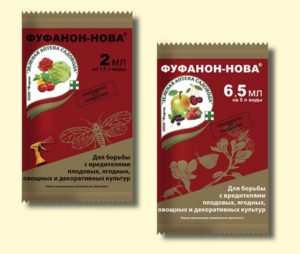
- Aliot (Malathion (Karbofos), enteric insectoacaricide);
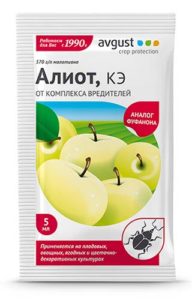
- Decis Profi (Deltamethrin,enteric insecticide);
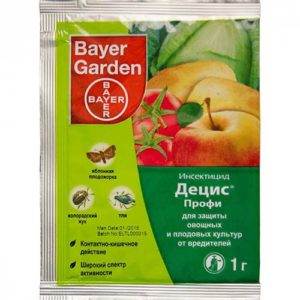
- Karate Zeon (Lambda Cyhalothrin,enteric insecticide);
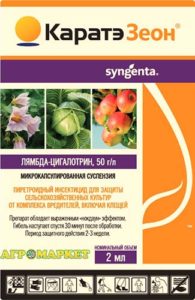
- Shar Pei (Cypermethrin, enteric insecticide);
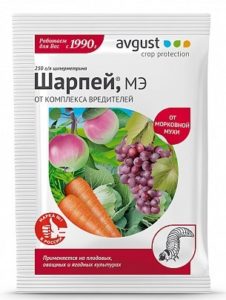
- Senpai (Esfenvalerat,enteric insecticide);
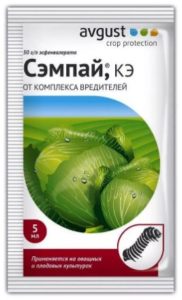
- Kinmix (Beta-cypermethrin, enteric insecticide);
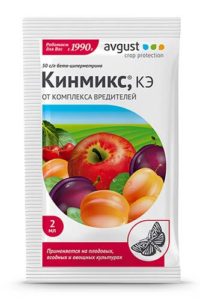
- Herald (Diflubenzuron,enteric insecticide from moth, leafworm; ideal for use after flowering);
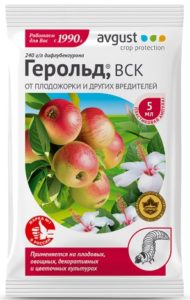
- Alatar (Malathion and Cypermethrin, enteric insecticide);
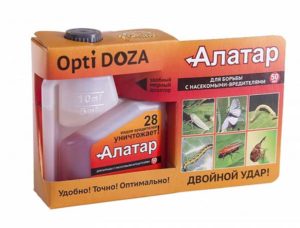
- Neofral (Alpha cypermethrin, enteric insecticide);
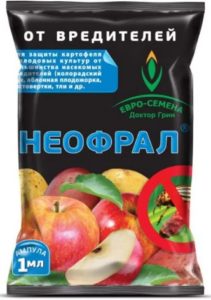
- Caesar (Alpha cypermethrin, enteric insecticide);
- Engio (Thiamethoxam and lambda-cyhalothrin, insectoacaricide of systemic contact action);
- Calypso (Tiacloprid, systemic insecticide of contact-intestinal action);
- Insegar (Fenoxycarb, insecticide of intestinal action).
- Lufox (Lufenuron and Fenoxycarb, insecticide of intestinal action);
- Match (Lufenuron, insecticide of intestinal action);
- Voliam Flexy (Thiamethoxam (Aktara) and Chlorantraniliprol, systemic insecticide of intestinal action);
- Brand (Emamectin benzoate,insecticide of intestinal action).
Biological preparations
Of course, you can also use biological products (insecticides of biological origin):
- Fitoverm (Aversectin C, enteric insectoacaricide).
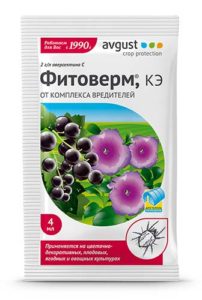
Aktofit, Kleschevit and Fitoverm are complete analogs (the active ingredient is Aversectin C).
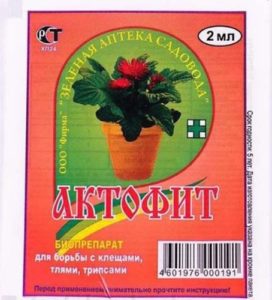
- Bitoxibacillin (Bacillus thuringiensis var. thuringiensis, intestinal insectoacaricide).
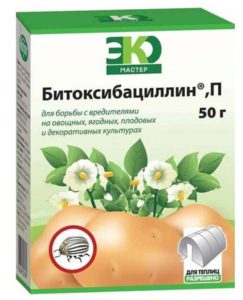
- Lepidocide (Bacillus thuringiensis var. kurstaki, intestinal insecticide from moth, leafworm, moth, moth);
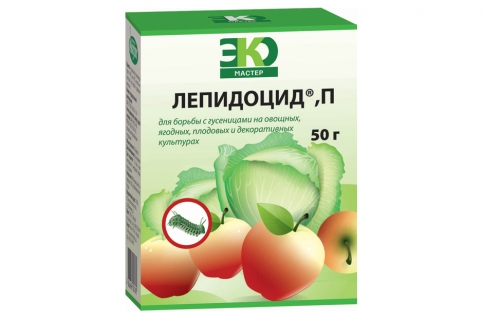
- Gaupsin (complex action insectofungicide).
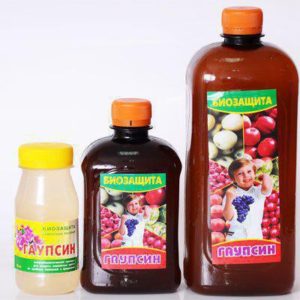
Bait traps
You can reduce the number of codling moth butterflies using pheromone or yeast trapsto be hung on the tree before flowering (in the "rosebud" phase).
You can make a trap yourself, while it should be white or red, and then put a plate soaked in special pheromones, which can be purchased separately.
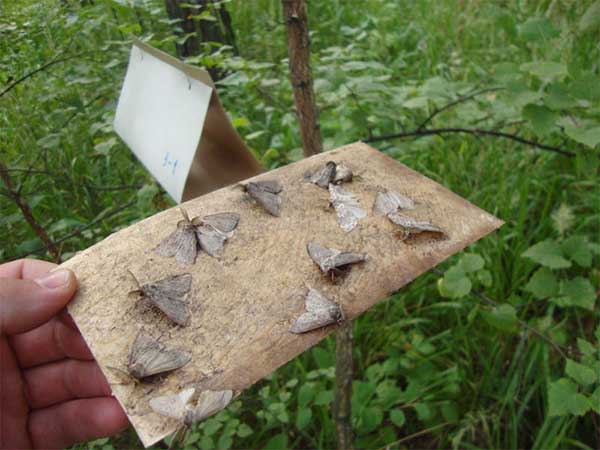
Or buy ready-made.
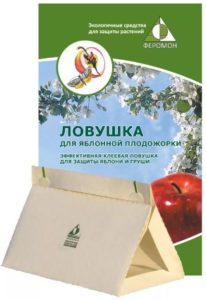
Alternatively, you can hang containers (cans) with apple syrup (only he must start wandering) or sugar syrup (to which you need to add yeast for fermentation), or kvass.
Some advise to fight the apple moth with the help bait for compote (of course, it is apple). Boiled compote (from fresh apples or dried fruits, the main thing is that the smell was "apple") you pour into containers (for example, ice cream buckets with handles) and hang on the branches of trees.
Alternatively, some simply add a little to the water apple cider vinegar (again, to have an "apple" smell).
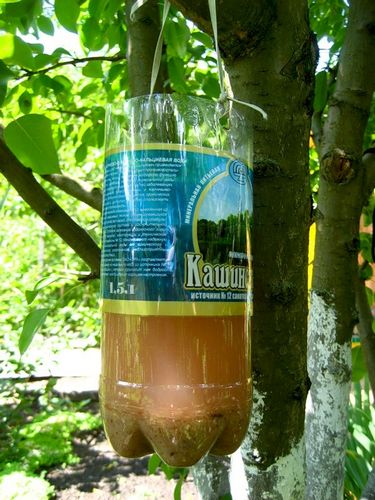
Hunting belt
Since damaged ("wormy") fruits often fall prematurely together with the moth larvae, you can put on tree trunks adhesive trapping beltsso that the tracks cannot come back.
